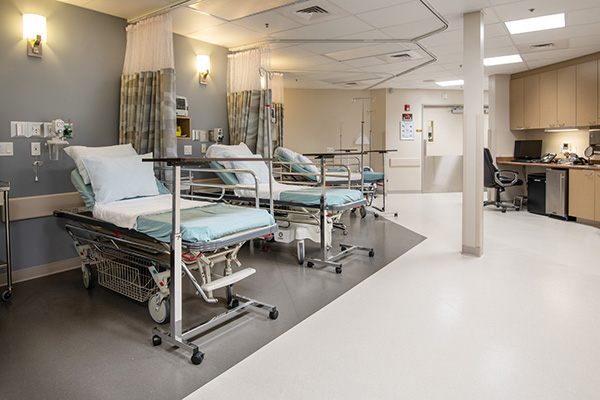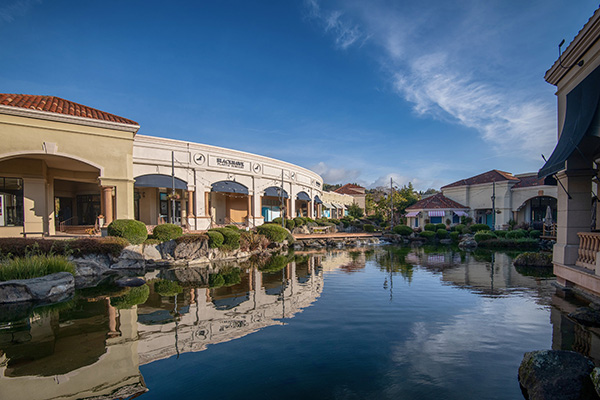
Typical Complications Following a Nose Job Procedure
Introduction
Rhinoplasty, commonly known as a rhinoplasty, is one of the most in-demand cosmetic treatments today. The attraction of attaining an unified facial profile often drives individuals to consider nose job surgical treatment. Nevertheless, like any surgical intervention, it features its own set of risks and problems. Understanding these potential issues is crucial for anybody considering this procedure.
In this extensive short article, we'll explore the typical complications following a rhinoplasty procedure. We'll check out everything from surgical dangers to long-lasting effects and offer insights to empower you with understanding before making your decision.
What is Nose job Surgery?
Rhinoplasty surgical treatment is a cosmetic procedure targeted at modifying the shape or function of the nose. It can be carried out for different reasons including visual enhancement or remedying breathing issues due to structural abnormalities.
Types of Rhinoplasty
- Open Rhinoplasty: Involves making an incision on the columella (the tissue between the nostrils) allowing for greater visibility.
- Closed Rhinoplasty: Cuts are made inside the nostrils, which leaves no visible scars and is less invasive.
Reasons for Rhinoplasty
Rhinoplasty Expense Considerations
The cost of rhinoplasty surgery differs extensively depending on a number of elements including:
- Geographic location
- Surgeon's expertise
- Complexity of the procedure
- Facility fees
On average, rhinoplasty costs vary from $5,000 to $15,000.

Common Problems Following a Nose Surgery Procedure
Despite its appeal and usually high fulfillment rates, nose job does include its own variety of possible issues that every patient need to be aware of.
1. Infection Risk
Infections can take place after any surgery, including nose surgery. While unusual, they may lead to substantial complications if not dealt with promptly.
Preventive Procedures:
- Follow post-operative care instructions diligently.
- Keep surgical sites clean and dry.
2. Scarring Issues
While lots of cuts are made within the nostrils in closed procedures, open nose surgeries can leave visible scars that may impact aesthetic outcomes.
Managing Scars:
- Use silicone gel sheets.
- Avoid sun exposure on scars during healing.
3. Breathing Difficulties Post-Surgery
Some clients report trouble breathing after their rhinoplasty treatment due to swelling or changes in nasal structure.
Solutions:
- Ensure correct post-surgical follow-up.
- Consult your surgeon for restorative options if problems persist.
4. Changes in Sensation
Patients might experience tingling or transformed sensation in their noses after surgical treatment due to nerve damage during the procedure.
Recovery Time:
Nerve regeneration can take months; most feelings generally return within a year.
5. Asymmetry Concerns
Achieving perfect symmetry in nasal aesthetic appeals is challenging; minor asymmetries might result from healing procedures that vary on each side.
Addressing Asymmetry:
A revision rhinoplasty may be required to fix noticeable asymmetries.
6. Required for Modification Surgery
Around 10-20% of nose surgery clients select modification surgical treatment due to unacceptable results or problems arising from their initial procedure.
Timing for Revision:
Surgeons usually suggest waiting a minimum of 6 months post-initial surgery before thinking about revisions.
Understanding Swelling and Bruising After Rhinoplasty Surgery
Post-operative swelling and bruising are common occurrences following rhinoplasty procedures and can significantly affect healing time and the final aesthetic outcome.
Swelling Phases Post-Rhinoplasty
Bruising Management Techniques
To lessen bruising:
- Apply cold compresses right away after surgery.
- Sleep with your head elevated for numerous nights post-op.
Long-Term Effects After Rhinoplasty
Understanding long-lasting implications is vital when thinking about rhinoplastic improvement because while numerous outcomes improve over time, concerns might develop that need attention later on.
Changes in Nasal Structure Over Time
As we age, skin elasticity diminishes; hence, the nose can go through changes that impact its appearance even years after successful surgery:
Emotional Effect After Rhinoplasty
The psychological element plays a substantial role in patient complete satisfaction following rhinoplastic procedures:
Expectations vs Reality
Patients frequently have high expectations leading into patient testimonials rhinoplasty surgical treatment; handling those expectations through clear interaction with cosmetic surgeons about reasonable outcomes is vital for psychological well-being post-op.
FAQ Section
Q1: Is rhinoplasty painful?
A1: Discomfort levels vary by individual however are typically manageable with prescribed medications post-surgery.
Q2: Can I go back to work immediately after my surgery?
A2: Generally, clients are advised to take at least one week off work depending upon task needs and healing progress.
Q3: For how long does it take for swelling to go down?
A3: Most swelling subsides within 6 weeks; however, minor swelling may remain up to a year post-surgery.
Q4: Will I require someone to assist me after my procedure?

Q5: Exist age limitations for going through rhinoplasty?
A5: Ideally, prospects should be over 15 years old when facial growth has mainly supported but consult your cosmetic surgeon concerning individual circumstances.
Conclusion
In conclusion, comprehending common complications following a nose job procedure is essential for potential patients considering this transformative journey towards improved self-confidence and physical appearance. While dangers exist-- such as infection or discontentment-- the majority of patients report favorable results when properly informed and prepared pre-operatively.
By focusing on thorough research about surgical strategies, expenses included, anticipated healing times, and possible issues related to these procedures-- all while preserving open communication with qualified cosmetic surgeons-- patients can enhance their experience considerably while lessening unwanted surprises down the road.
This article aims not only to notify but likewise empower individuals pondering rhinoplastic enhancements by dealing with issues thoroughly while promoting an understanding of what such procedures require beyond visual improvements alone!